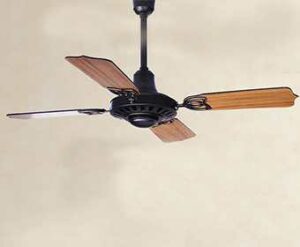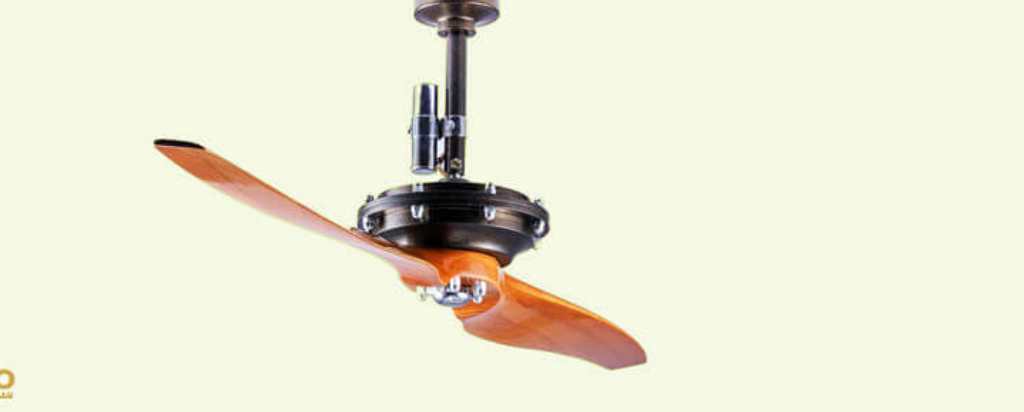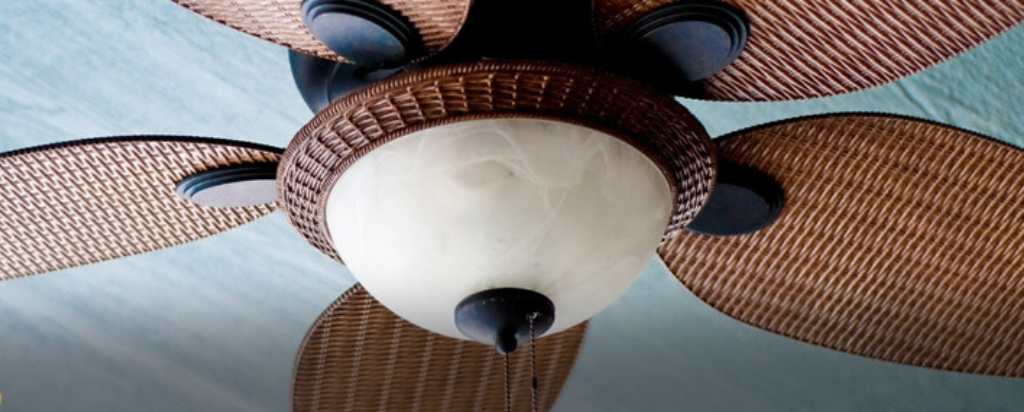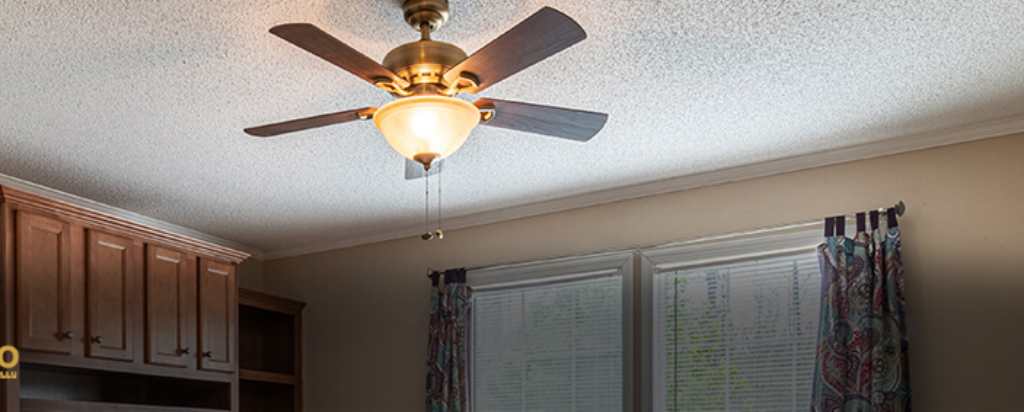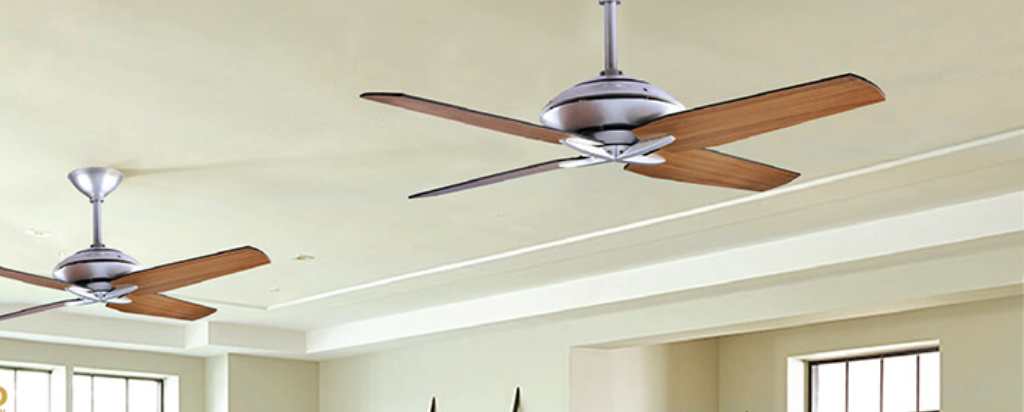Knowing how to rotate your designer ceiling fan can help you save money on your utility costs, believe it or not. Were you even aware that you had the ability to adjust the direction of your ceiling fan? Or you’re like other homeowners? Probably not. (Don’t worry, we’re not judging.)
Summer Mode
We want to make sure our modern ceiling fan provides cooling circulation in the summer. The strong breeze clears stuffy spaces, swiftly dries any sweat on our bodies, and helps to cool the room. To achieve this, switch your ceiling fan to Summer Mode and force air downwards. In summer, the ceiling fan blades should spin counterclockwise.
Benefits of Summer Mode:
-
Monthly Light Bill Savings
-
Instant Cooling
Winter Mode
Designer Ceiling fans are just as useful in the winter as they are in the summer, something many homeowners are unaware of. While you want your ceiling fan to blow air down in the summer, you want it to combine warm and cold air and heat your space quickly and effectively in the winter. For this, your ceiling fan must rotate clockwise, raising air as it does so.
Benefits of Winter Mode:
-
Quicker Warming
-
Reduce Power Consumption
Why does it matter which way your Ceiling Fan rotates?
Most homeowners, particularly new homeowners, are completely unaware that the direction in which their modern ceiling fan rotations have a significant impact on the temperature in their homes. Changing the direction of the fan strategically is another wonderful approach to saving money on cooling and heating expenditures. This is due to the fact that the direction the fan is turning determines how the air is spread around the room.
So, if you’ve ever wondered why your ceiling fan isn’t keeping your room cool, it could be because it’s turned in the wrong direction. Fortunately, changing the direction of your home’s fan should be simple.
Rotation in Summer
Keeping your home cool throughout the summer can cost hundreds of dollars every month, especially in hotter climates. To improve the efficacy of your designer ceiling fan during the summer, make sure it rotates counterclockwise, allowing the fan to push cool air down to the floor.
The chilly air then evaporates perspiration, creating a wind-chill effect that makes you feel up to 8 degrees cooler without changing the temperature of the room. This allows you to turn down the air conditioning without sacrificing comfort, potentially saving up to 40% on AC bills. Furthermore, an outdoor fan on your patio or porch can allow you to spend more time outside in comfort.
You can detect if your ceiling fan is rotating counterclockwise by examining how the blades rotate. They should proceed from the top left to the bottom right, then back up to the top. While standing beneath the fan, you should see air movement. If you don’t, your fan will spin counterclockwise.
Rotation in Winters
You pay more to keep your home pleasant throughout the winter months, just as you do in the summer. During the summer, your fan should spin counterclockwise; during the winter, it should whirl clockwise.
Fans should also rotate slowly in order to bring cool air upward. The mild updraft forces warm air to rise to the ceiling, down the walls, and back to the floor. This makes a room feel warmer, allowing you to lower the thermostat and use fewer heating devices, potentially saving you up to 15% per month and reducing clutter if you use space heaters or heated blankets.
You may also detect if your fan is turning clockwise by watching how the blades turn when you stand beneath it. When spun clockwise, the blades move like the hands of a clock: from the top to the right, then down to the left.
Remember to keep your fan spinning slowly so that it can lift all of the cool air upward. It’s also worth noting that if your ceiling fan is situated on a two-story cathedral or vaulted ceiling, it should always be turned counterclockwise because the fan is too high to provide a perceptible wind-chill effect.
Conclusion
It is simple to change the direction of your fan, and it can help you save energy while keeping your home warm. We hope you have understood why it’s vital to change the direction of your fancy modern ceiling fan and which way it should spin throughout the summer and winter months!

